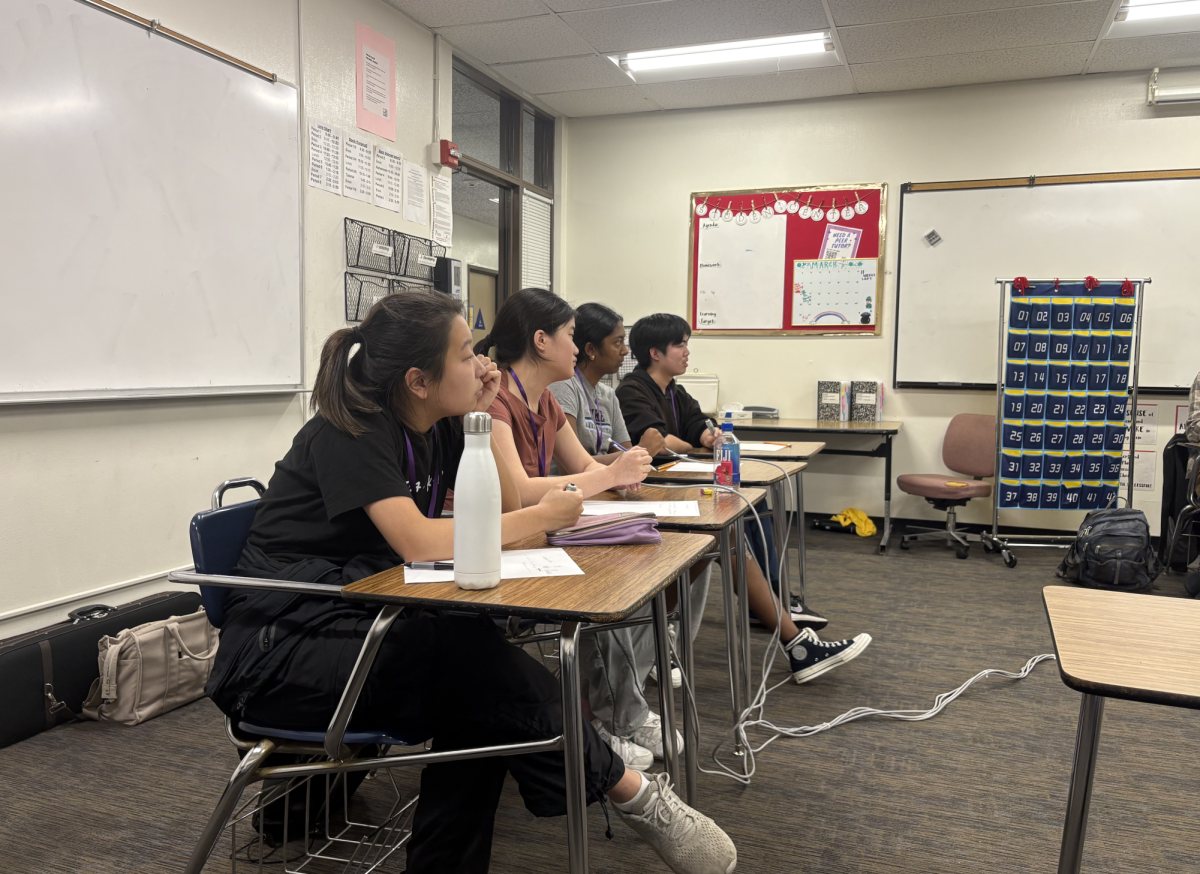
Ramadan recently concluded for millions of Muslims all over the world on March 30. The practices of this month are complex but also display a wide range of unique traditions and customs.
Ramadan is considered a holy month, meant for sacrifice and devotion to God. To carry this sacrifice out, no food or water is consumed from sunrise to sunset. Before sunrise, a meal called “suhoor” is eaten, and after sunset, the fast is broken with a meal called “iftar.”
During Ramadan, many Muslims focus on praying at various times throughout the day (sunrise, noon, sunset) and commute to mosques for sermons
Though Ramadan displays exceptional discipline, it can also be a challenge for some Sage Hill community members to balance fasting with school, extracurriculars and sports
“In intensive classes like English, it was very difficult to analyze complex ideas and take tests while I had no food or water because it was all I could think of,” Freshman Raif Abahusayn said. Often, a lack of food can lead to less energy to carry out tasks required throughout the day.
“I always want to keep my energy levels up for class so I could direct the classroom, but found it difficult while fasting,” Spanish teacher Dr. Seher Rowther.
However, students and teachers found ways to maintain balance by cutting back on other energy-heavy activities outside of school.
Though fasting can present some obstacles during the school day, the ultimate connection to culture and religion serves as motivation for many community members.
“Focusing on religion and traditions during Ramadan helps me embrace my identity and stay true to myself, even when I am not in the Middle East,” Raif said.
There are many traditions practiced during Ramadan that amplify a much larger history for many Muslims, while also fostering family and community connections.
While celebrating Eid, a holiday celebrating the end of Ramadan, traditional foods such as biryani (rice dish), kebabs, and samosas help bring people together to celebrate.
“These foods bring back a deep sense of nostalgia from when I was a kid, and really help me appreciate the labor that goes into the rituals,” Dr. Rowther.
Other customs, such as henna, a non-permanent tattoo usually applied to the hand, are also applied to celebrate 30 days of continuous sacrifice.
“It’s very important to celebrate the uniqueness of our culture with all and create lasting memories of togetherness with community and family,” Dr. Rowther said.



